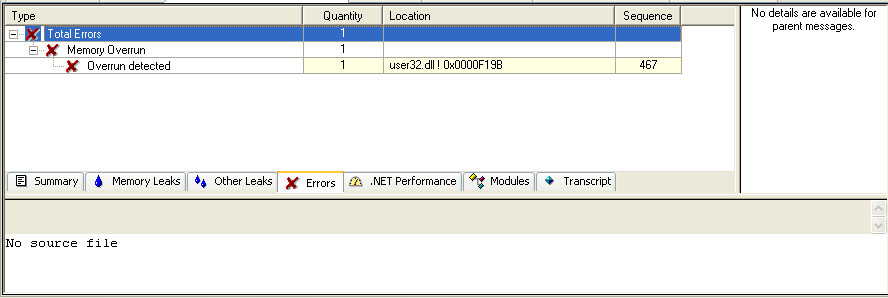

Wcex.hIcon = LoadIcon(hInstance, MAKEINTRESOURCE(IDI_GDIBITMAPSCALING))

so that the application will get 'well formed' small icons associatedĪTOM MyRegisterClass(HINSTANCE hInstance)
Stretchblt copyimage windows#
function that was added to Windows 95. to be compatible with Win32 systems prior to the 'RegisterClassEx'
Stretchblt copyimage code#
This function and its usage are only necessary if you want this code If (!TranslateAccelerator(msg.hwnd, hAccelTable, &msg)) HAccelTable = LoadAccelerators(hInstance, MAKEINTRESOURCE(IDC_GDIBITMAPSCALING)) LoadString(hInstance, IDC_GDIBITMAPSCALING, szWindowClass, MAX_LOADSTRING) LoadString(hInstance, IDS_APP_TITLE, szTitle, MAX_LOADSTRING) Int APIENTRY _tWinMain(HINSTANCE hInstance, LRESULT CALLBACK WndProc(HWND, UINT, WPARAM, LPARAM) Forward declarations of functions included in this code module:ĪTOM MyRegisterClass(HINSTANCE hInstance) TCHAR szWindowClass // the main window class name The following example code is taken from an application that demonstrates all four of the stretch modes available with the StretchBlt function. You set the stretch mode by calling the SetStretchBltMode function.

Performs a logical OR operation on the color data for the eliminated pixels and the color data for the remaining pixels.Įliminates the color data of the deleted pixels completely.Īpproximates the original (source) color data in the destination. Performs a logical AND operation on the color data for the eliminated pixels and the color data for the remaining pixels. If the target rectangle is smaller than the source rectangle, StretchBlt removes color data from the image according to a specified stretch mode as shown in the following table. If the source rectangle is larger than the target rectangle, the resultant image will appear to have shrunk if the source rectangle is smaller than the target rectangle, the resultant image will appear to have expanded. However, unlike the BitBlt function, StretchBlt scales the image based on the specified dimensions of the source and target rectangles. Like the BitBlt function, StretchBlt copies bitmap data from a bitmap in a source device context ( DC) into a bitmap in a target DC. For example, a drawing application may provide a zoom feature that enables the user to view and edit a drawing on a pixel-by-pixel basis.Īpplications scale images by calling the StretchBlt function. You can stretch the image to that limit only vertically in portrait.Some applications scale images that is, they display zoomed or reduced views of an image. Obviously ,it indicates that the portrait mode has the limitation on height.If you can figure out the limit value(by some means - last option is trial and error) , When I change the zoomlevel = 2, the image shrinks and is displaying within the screen, when scrolling through using the scroll bar, it shows a blank space below and right side of the image.ĭo you have any other idea? I have no clues about why it is working like this.Īnother additional information, the same code works well in the landscape mode of the same device. The problem is only with the portrait mode.

When I specify zoomlevel = 1, it displays the image with scroll bars. It shows the message "stretching supported"!!!


 0 kommentar(er)
0 kommentar(er)
